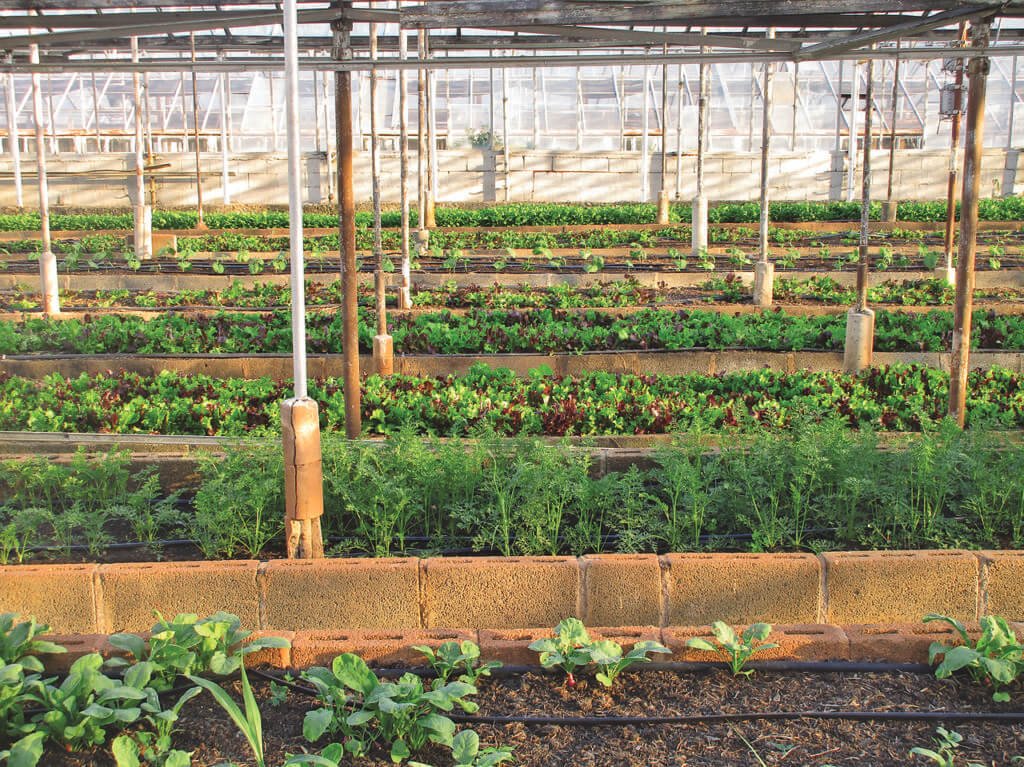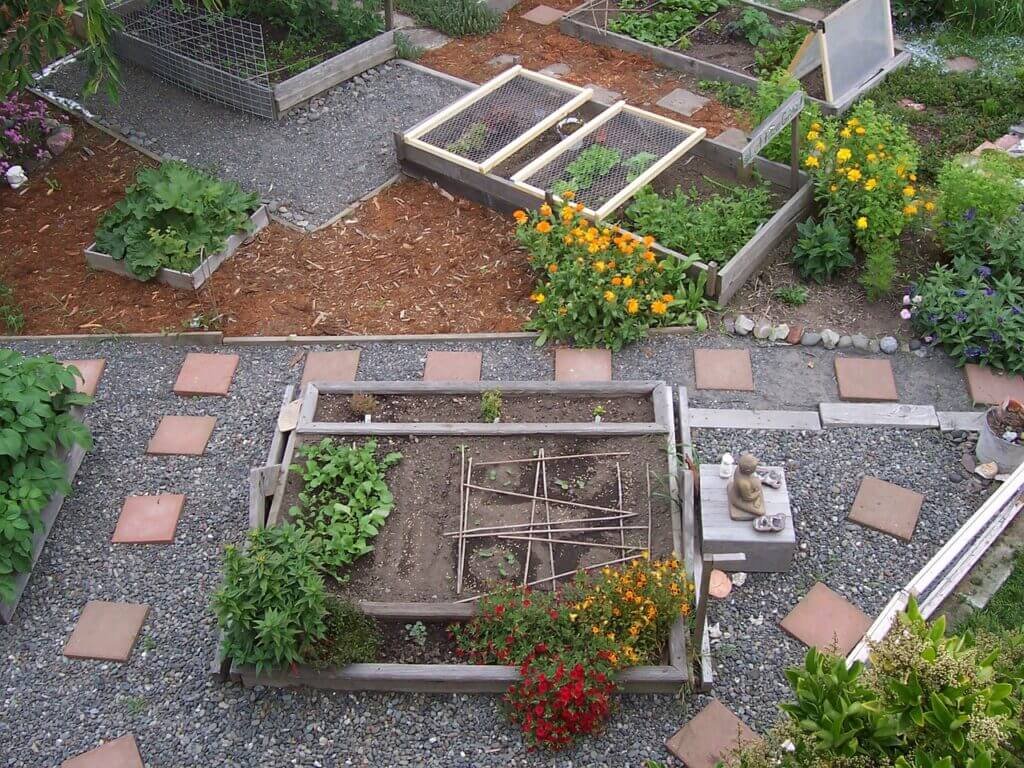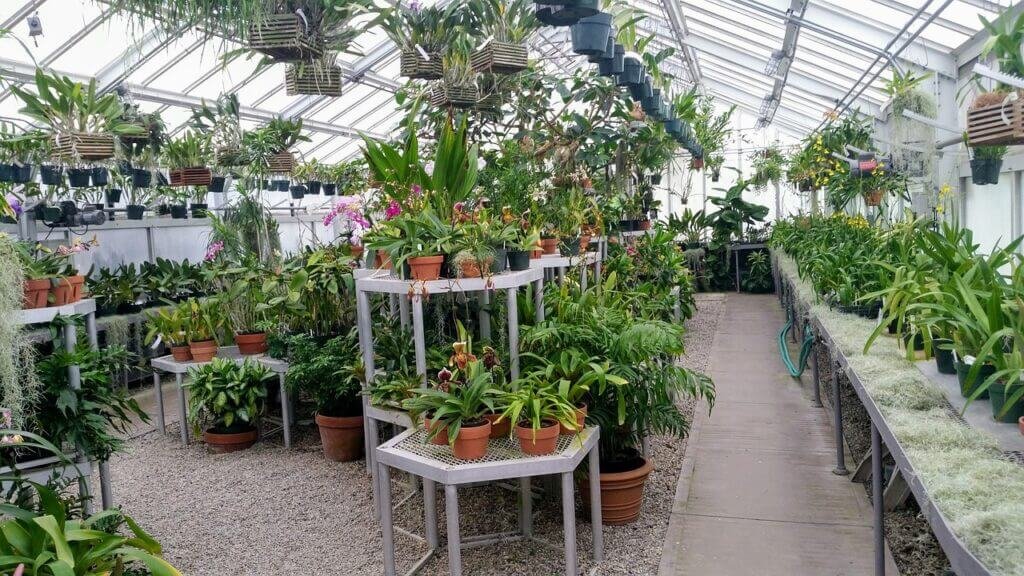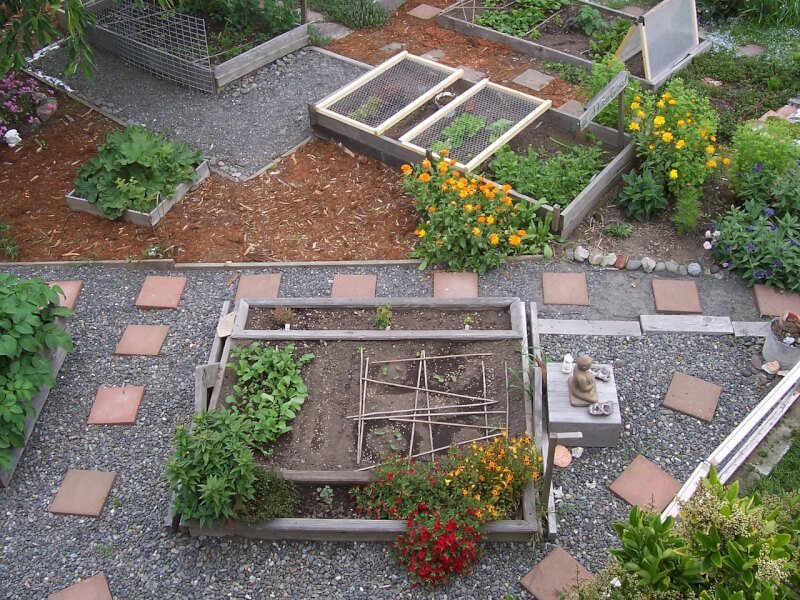Imagine a world where fresh and locally grown produce is readily available in the heart of bustling cities. Vertical farming provides a solution to this dream, allowing for the cultivation of plants in stacked layers, maximizing limited space. But before diving into the world of vertical farming, there are important factors to consider. From the type of crops to the energy requirements, this article explores the key considerations for successful vertical farming in the city. Whether you’re an urban dweller or a curious enthusiast, join us as we unravel the secrets behind this innovative farming method.

Location
Access to sunlight
One important consideration for vertical farming in the city is access to sunlight. Sunlight is essential for plant growth through the process of photosynthesis. Therefore, it is crucial to choose a location that receives adequate sunlight throughout the day. Ideally, the vertical farm should be situated in an area where there are minimal obstructions such as tall buildings or trees that can block the sunlight. This will ensure that the plants receive the necessary amount of natural light to thrive.
Proximity to markets
Another crucial aspect to consider when setting up a vertical farm in the city is the proximity to markets. Being located close to urban centers and consumer markets can significantly reduce transportation costs and the time it takes to deliver fresh produce to consumers. Additionally, being near the market can help in maintaining the freshness and quality of the harvested crops, as they can be quickly transported to consumers without prolonged periods of storage or travel.
Availability of space
The availability of space is a key consideration for vertical farming in the city. Traditional horizontal farming requires large plots of land, which can be scarce and expensive in urban areas. Vertical farming, however, utilizes vertical space by growing crops in stacked layers or on vertical surfaces. This allows for more efficient use of space and the possibility of converting unused or underutilized buildings into productive farming sites. It is important to find a location that has enough space to accommodate the vertical farm’s infrastructures such as racks, shelves, and growing systems.
Infrastructure
Building design and structure
The design and structure of the building play a significant role in the success of vertical farming. The building should be structurally sound to support the weight of the crops and growing systems. It should also provide adequate space for vertical growing systems, such as hydroponics or aeroponics. The layout of the building should be carefully planned to optimize space utilization and access to sunlight. A well-designed building will contribute to the efficiency and productivity of the vertical farm.
Water supply and irrigation
Water supply and irrigation are essential considerations for vertical farming. Adequate access to a reliable water source is crucial for plant growth and maintenance. In a vertical farm, water can be supplied through various methods such as hydroponics or drip irrigation systems. It is important to ensure that the water supply is filtered and free from contaminants that may affect plant health. Additionally, implementing efficient irrigation techniques, such as using sensors to monitor soil moisture levels and adjusting irrigation accordingly, can help minimize water wastage and optimize water usage.
Electricity and lighting
Electricity and lighting are crucial for providing the necessary energy for the vertical farm’s operations. Vertical farms often rely on artificial lighting systems, such as LED lights, to supplement or replace natural sunlight. These lighting systems need to be properly designed and installed to provide the right spectrum and intensity of light for the crops. Additionally, sufficient electrical capacity should be available to power other equipment and systems within the vertical farm, such as climate control systems and automation.

Plant selection
Crops suitable for vertical farming
Choosing the right crops for vertical farming is essential for maximizing yield potential and ensuring a profitable operation. Some crops are particularly well-suited for vertical farming due to their growth habit and adaptability to controlled environments. Leafy greens, herbs, and microgreens are commonly grown in vertical farms due to their short growth cycle and ability to thrive in high-density systems. Other crops, such as strawberries, tomatoes, and peppers, can also be cultivated in vertical farms with the right growing techniques and support structures.
Adaptability to controlled environments
Vertical farming relies on precise control over environmental factors such as temperature, humidity, and CO2 levels. Therefore, it is important to select crops that are well-adapted to these controlled environments. Some crops are more tolerant of fluctuations in environmental conditions, while others require more stable and specific parameters. Understanding the crop’s requirements and selecting varieties that are suitable for the controlled environment of a vertical farm is crucial for successful cultivation.
Yield potential
Yield potential is an important consideration when selecting crops for vertical farming. The vertical farming system should be able to achieve high yields per unit area to make the operation economically viable. Certain crops have higher yield potential in vertical farming compared to traditional farming methods. For example, vertical farming can achieve multiple harvests per year, allowing for increased production compared to seasonal crops. Selecting crops with high yield potential can maximize the profitability of the vertical farm.
Environmental control
Temperature and humidity management
Maintaining optimal temperature and humidity levels is vital for the successful growth of crops in a vertical farm. Temperature influences plant growth, photosynthesis, and metabolism, while humidity affects transpiration and water uptake. Automated climate control systems can be implemented to regulate temperature and humidity within the vertical farm. These systems monitor and adjust environmental conditions based on set parameters, ensuring that the crops are provided with the ideal growing conditions throughout their growth cycle.
Air circulation and ventilation
Proper air circulation and ventilation are important for preventing the buildup of stagnant air and controlling humidity levels within the vertical farm. Lack of sufficient airflow can lead to the development of mold, fungal diseases, and poor plant growth. Ventilation systems, such as fans or air circulation devices, can be installed to ensure a steady flow of fresh air throughout the growing area. This promotes healthy plant growth and helps prevent the spread of pests and diseases.
CO2 enrichment
Carbon dioxide (CO2) enrichment is a technique used in vertical farming to promote plant growth and enhance productivity. Increasing levels of CO2 in the growing environment can stimulate photosynthesis and improve crop yields. CO2 can be supplied through controlled release systems or injected into the growing area. However, it is important to carefully monitor and control CO2 levels to prevent excessive concentrations, as this can be harmful to human health and the environment.

Pest and disease management
Preventive measures
Preventing pests and diseases is an essential aspect of vertical farming. Implementing strict hygiene practices, such as regular cleaning and disinfection of the growing area and equipment, can help minimize the risk of pest and disease outbreaks. Proper handling and disposal of plant waste and implementing a strict crop rotation plan can also help reduce the incidence of pests and diseases. Regular monitoring and scouting can help detect any signs of pest or disease presence early on, allowing for swift action to prevent their spread.
Biological control methods
Biological control methods involve the use of beneficial organisms to control pests and diseases. In vertical farming, biological control agents, such as predatory insects or mites, can be introduced to eliminate or suppress pest populations. This approach reduces the reliance on chemical pesticides, making it more environmentally friendly. Biological control methods can be effective in managing common pests in vertical farms, such as aphids, mites, and whiteflies.
Integrated pest management
Integrated pest management (IPM) is a holistic approach to pest control that combines various strategies to minimize pesticide use and maintain a balanced ecosystem within the vertical farm. IPM involves the use of preventive measures, biological control methods, and targeted pesticide applications when necessary. Regular monitoring, accurate pest identification, and record-keeping are important components of IPM. By implementing IPM practices, vertical farms can effectively manage pests while minimizing the impact on the environment and ensuring the production of high-quality crops.
Labor requirements
Monitoring and maintenance
Monitoring and maintaining the vertical farm’s operations require dedicated labor. Regular monitoring of environmental conditions, such as temperature, humidity, and nutrient levels, ensures that the crops are provided with the optimal growing conditions. Additionally, maintenance tasks such as pruning, trellising, and pest scouting need to be performed regularly to ensure healthy plant growth. Having a skilled and knowledgeable workforce is essential for efficiently managing the vertical farm and ensuring the success of the operation.
Harvesting and packaging
Harvesting and packaging crops in a vertical farm require careful handling to preserve their freshness and quality. Depending on the crop, harvesting can be done manually or with the assistance of automated systems. Manual harvesting involves carefully cutting or detaching the mature parts of the plant, while automated systems can be used for crops with specific harvesting requirements. Proper packaging, including sorting, washing, and packaging, is necessary to maintain the visual appeal and extend the shelf life of the harvested crops.
Technological automation
Technological automation plays a crucial role in reducing labor requirements in vertical farming. Various automated systems can be implemented, such as robotic systems for transplantation or harvesting, sensors for monitoring environmental conditions, and advanced data analytics for optimizing crop management. These technologies help streamline operations, improve efficiency, and reduce the need for manual labor. However, it is important to have trained personnel to operate and maintain the automated systems to ensure their optimal functioning.
Energy efficiency
LED lighting systems
LED lighting systems are widely used in vertical farming due to their energy efficiency and ability to provide the ideal spectrum of light for plant growth. LEDs consume significantly less energy compared to traditional lighting systems, such as fluorescent or high-pressure sodium lamps, while producing less heat. This energy-efficient lighting technology contributes to the sustainability of vertical farming by reducing energy consumption and operating costs.
Climate control optimization
Optimizing the climate control systems in a vertical farm can help improve energy efficiency. By using sensors and automation systems, the environmental conditions can be carefully monitored and controlled to minimize energy wastage. For example, utilizing natural ventilation when outdoor conditions allow can reduce the need for mechanical ventilation. Additionally, optimizing insulation and the use of energy-efficient equipment, such as heat pumps or energy recovery ventilation systems, can further enhance energy efficiency.
Use of renewable energy sources
Using renewable energy sources is another consideration for energy efficiency in vertical farming. Solar panels can be installed to generate electricity, reducing reliance on the traditional power grid. Additionally, wind or hydroelectric power can be explored as alternative sources of renewable energy. Integrating renewable energy sources not only reduces energy costs but also contributes to a more sustainable and environmentally friendly operation.
Water usage
Recycling and reusing water
Water recycling and reusing systems are important for minimizing water consumption in vertical farming. Techniques such as capturing and treating runoff water, condensate recovery, and implementing closed-loop hydroponic systems can help recycle and reuse water within the vertical farm. By recycling water, the overall water consumption can be significantly reduced, leading to more sustainable practices and cost savings.
Minimizing water wastage
Minimizing water wastage is crucial for efficient water usage in vertical farming. Implementing precise irrigation techniques, such as drip irrigation or fogging systems, can deliver water directly to the roots of the plants, minimizing evaporation and runoff. Additionally, using moisture sensors or automated irrigation systems can help adjust watering schedules based on the actual moisture needs of the crops, preventing overwatering and wastage.
Efficient irrigation techniques
Efficient irrigation techniques are important for conserving water in vertical farming. Hydroponic systems, such as nutrient film technique (NFT) or aeroponics, use significantly less water compared to traditional soil-based farming. These systems allow for precise control over water delivery to the plants, ensuring that they receive the necessary amount of water without excess wastage. By adopting efficient irrigation techniques, vertical farms can reduce water consumption, conserve resources, and promote sustainability.
Regulations and permits
Zoning and land use regulations
Before setting up a vertical farm in the city, it is crucial to understand the zoning and land use regulations in the area. Different cities or municipalities may have specific regulations regarding urban agriculture, including vertical farming. Understanding these regulations and obtaining the necessary permits is essential to ensure compliance and avoid potential legal issues. Consulting with local authorities and seeking professional advice can help navigate the regulatory landscape and ensure a smooth establishment of the vertical farm.
Permits for urban agriculture
In addition to zoning and land use regulations, specific permits may be required for operating an urban vertical farm. These permits may include environmental permits, building permits, or permits related to water usage. It is important to thoroughly research and comply with all the necessary permit requirements to ensure the legal operation of the vertical farm. Working closely with regulatory agencies and seeking professional assistance can help streamline the permit application process and avoid any disruptions to the operation.
Food safety and quality standards
Vertical farms must adhere to food safety and quality standards to ensure the production of safe and nutritious crops. Implementing good agricultural practices, such as proper sanitation, traceability, and record-keeping, is essential for maintaining high food safety standards. Vertical farms may also need to comply with specific certification programs or regulations, such as organic certification or food safety certifications. By maintaining these standards, vertical farms can build trust with consumers and ensure the delivery of high-quality produce.
Financial considerations
Initial setup costs
Setting up a vertical farm in the city involves various costs that should be considered. These include the purchase or lease of the building or land, installation of infrastructure such as lighting systems, irrigation systems, and climate control systems, and the purchase of growing equipment and supplies. It is important to carefully estimate and budget for these initial setup costs to ensure adequate funding and a smooth establishment of the vertical farm.
Maintenance and operational expenses
Ongoing maintenance and operational expenses are important considerations for the long-term sustainability of the vertical farm. These expenses may include labor costs, energy bills, water usage costs, and costs related to pest control and disease management. It is crucial to accurately estimate these expenses and develop a comprehensive operational budget. Regular monitoring and evaluation of expenses can help identify areas for cost optimization and improve the overall financial performance of the vertical farm.
Return on investment
Considering the potential return on investment is essential when setting up a vertical farm in the city. The profitability of the vertical farm depends on various factors, including crop selection, yield potential, market demand, and operational efficiency. Conducting a thorough financial analysis, including projecting revenues and expenses, will help determine the expected return on investment. It is important to carefully evaluate the financial viability and potential risks of the vertical farm to make informed decisions. Overall, vertical farming in the city offers numerous benefits, such as efficient use of space, reduced transportation costs, and the ability to grow crops year-round. However, it also requires careful consideration of various factors, including location, infrastructure, plant selection, environmental control, labor requirements, energy efficiency, water usage, regulations, and financial aspects. By addressing these considerations in a comprehensive manner, vertical farms in the city can successfully contribute to sustainable and efficient urban agriculture.


